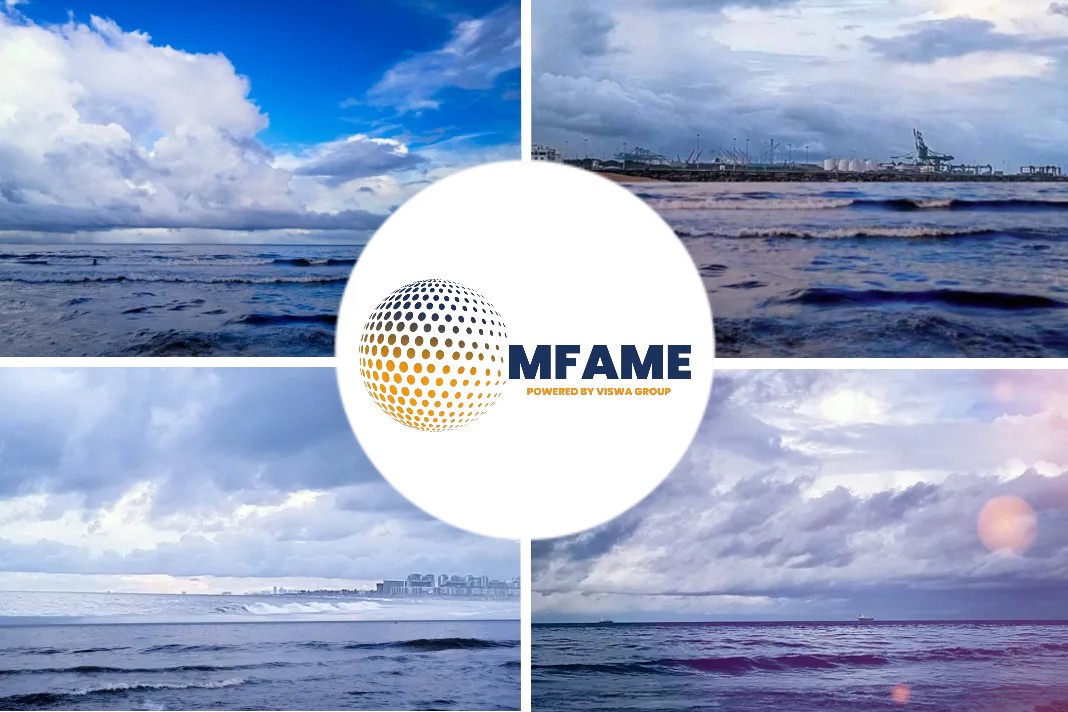- The Fure Vinga vessel was supplied with 420 m3 of liquefied natural gas. The operation was organized by Repsol with the collaboration of Enagás, which provided its infrastructure, and with the support of the Port Authority of Cartagena and the Maritime Captaincy of Cartagena.
- The multi-energy company reached a new milestone towards becoming a net zero emissions company by 2050, consolidating its position as a sustainable fuel supplier for maritime transportation.
Repsol has carried out a new supply of liquefied natural gas (LNG) to a ship for use as fuel in the port of Cartagena in Spain, says a press release published on their website.
About The Bunkering
The bunkering was carried out at the Enagás facilities, with the support of the Port Authority of Cartagena and the Maritime Captaincy of Cartagena. The uniqueness of the operation is that this is the first time that Repsol, as a supplier of LNG, has guaranteed the compensation of the total CO2 emissions associated with the consumption of this liquefied natural gas.
The bunkering has been carried out for the Swedish-flagged vessel Fure Vinga, owned by Furetank Rederi from Donsö, Sweden. This chemical tanker, with a length of 150 meters and a beam of 23 meters, has received 420 m3 of LNG. The tanker arrived from China and is continuing with its route to Rotterdam after her call in Cartagena.
The operation, which lasted approximately four hours, has been carried out using the Enagás facilities in the port of Cartagena.
First Supply of This Kind
With this new bunkering operation, in addition to consolidating its position as a supplier of LNG for maritime transport, Repsol achieves a new milestone: It is the first supply of this kind by the multi-energy company with emissions compensation through the purchase of CO2 credits (VERs) in the Voluntary Carbon Market.
Repsol is, thus, adding direct supply of LNG from the terminal in Cartagena to its network in Spain. With this operation that was the first of its kind after a recent change in the Spanish gas system regulation promoting this type of supply, Spanish ports are now able to compete with other European ports in this area. So far, the method most often used by Repsol has been the supply of LNG from LNG trucks with capacity to supply at any Spanish port. Additionally, Repsol is developing two LNG terminals at the ports of Bilbao and Santander.
Step Towards the Goal
This is a further step towards the goal of becoming a zero net emissions company by 2050, offering ship owners the possibility of making their commercial routes more efficient and environmentally friendly.
Energy Transformation of Maritime Transport
LNG is an increasingly valued alternative for shipowners for use in shipping. This fuel reduces emissions and complies with IMO 2020, the International Maritime Organization (IMO) regulation that came into force on January 1, 2020.
Promotes the Supply of LNG
This operation has been possible thanks to the developments and adaptations performed under the CORE LNGas Hive project, co-financed by the European Commission, led by The Spanish Port Authority, Puertos del Estado, and coordinated by Enagás. This initiative promotes the supply of LNG as a transport fuel, especially for the maritime sector, and has led to the adaptation of Spanish regasification terminals for the supply of LNG to ships.
Did you subscribe to our daily newsletter?
It’s Free! Click here to Subscribe!
Source : Repsol























